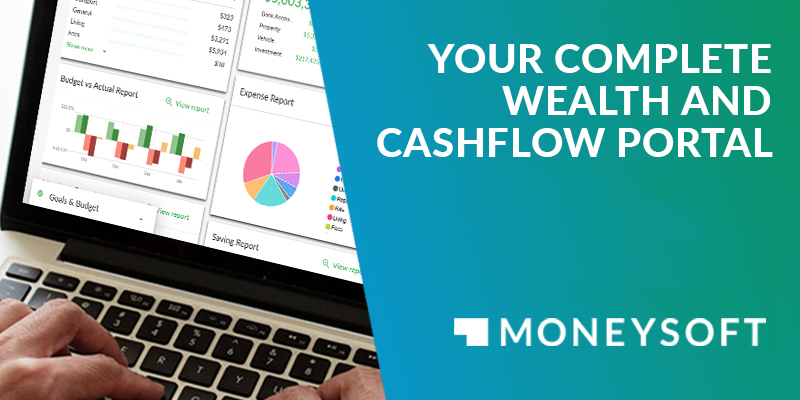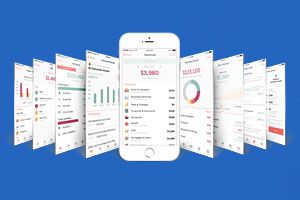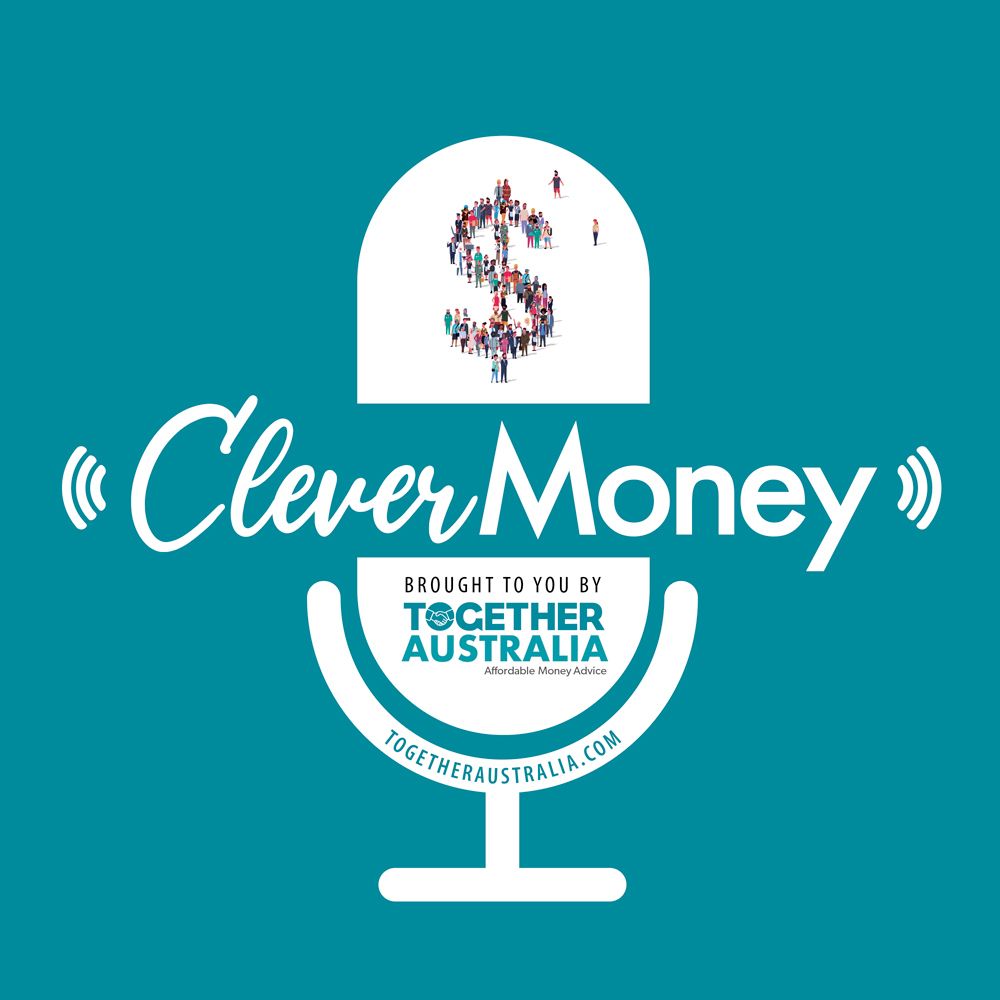
What the heck is a neobank?
The year is 2020 and everything is digital – including banks. With great apps, excellent rates and clever new services, plus increased reliability and reputation, if you haven’t dipped your toe into the world of digital banks, also called neobanks, now is the time.
Neobanks are just like normal banks – except that they’re completely digital. There are no branches or ATMs, and while some let you do your banking on the website, several are exclusively used through an app.
They do still need to get the same Authorised Deposit-taking Institution (ADI) licence from the Australian Prudential Regulation Authority (APRA) as the Big Four do. That means the Australian government protects customers’ investments up to $250,000 per person, per ADI, in case the bank collapses – so your money is just as safe with neobanks as traditional banks.
There are plenty of benefits to this:
- No branches means lower overheads – savings which are passed on to you as a customer in the form of higher-than-average savings interest, fee-free accounts and free overseas transactions.
- A digital focus means the apps are excellent – sleek, intuitive and easy to use with great features like spend and save trackers, personal insights and the latest pay technology.
- Because they don’t have their own ATMs, they let you use any bank’s ATM fee-free.
- Their newness on the banking scene means they’re working harder to gain your trust and loyalty – something the Big Four stopped doing years ago.
There are downsides too:
- No branch service. Some people still prefer to deal with larger sums of money face to face.
- Reliability. They have the same regulatory and licence requirements, but as with any new product or service, there are likely to be teething issues.
- A smaller range of products. If you like to keep all your financial products in one place, you may find neobanks’ limited product offerings a hindrance.
We can divide digital banks in Australia into two categories, online-only banks and true neobanks.
Examples of the first category are ING, ME and UBank. These relative new players (ING is the oldest and it only launched in Australia in 2000) don’t have any physical branches but do have great apps and websites, as well as competitive savings rates.
They aren’t neobanks because they rely on existing banking infrastructure. ING is owned by multinational Dutch bank ING Group so uses its infrastructure; ME is owned by several large industry super funds; and UBank is owned by NAB.
Neobanks are totally new banking companies, which are managed entirely through smartphone apps. Here are the top neobanks you should know about today:
Backed by Bendigo and Adelaide Banks (and therefore covered by their ADI), Up was the first neobank to launch in Australia, in October 2018. They offer a transaction and a savings account with a very competitive savings rate of 1.85% p.a. (base 0.10% p.a., bonus 1.75% p.a) up to $50,000 as long as you use your card five times that month.
In a reference to the number of seconds in a day, 86 400 launched in September 2019 with a full ADI licence. They have a transaction account and a savings account that lets you earn 1.85% p.a. (0.25% p.a., bonus 1.60% p.a.) up to $100,000 if you deposit $1,000+ a month into your account. In November they also became the first neobank to offer home loans.
Volt were granted their ADI in February 2019 and launched their savings account in February this year, and they are currently offering 1.65% p.a. on every dollar up to $245,000 – no catches or conditions – with an app that encourages saving with gamified savings goals. They are planning to add a transaction account and maybe a home loan in the near future.
Sydney-based Xinja started by offering a prepaid spending card, but were granted an ADI licence in September so launched their bank accounts in January. Their transaction account has all the standard neobank benefits (no fees, free international transactions etc.) and their Stash savings account offers 1.80% interest on balances up to $245,000 with no conditions. However, they have pressed pause on opening new Stash accounts indefinitely so they can continue to give their existing customers that rate.
Hay launched in February, offering a prepaid Visa card and account, which are topped up and managed through the app. They are currently pursuing an ADI licence, so keep an eye out for savings accounts in the near future.

























